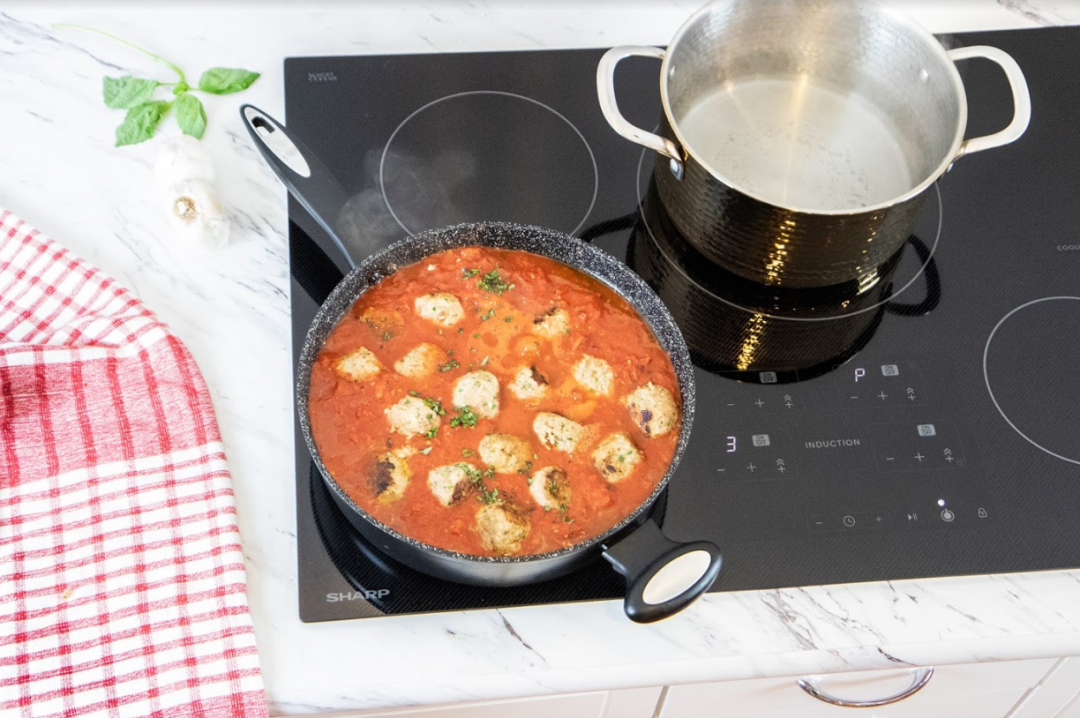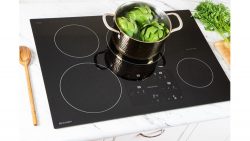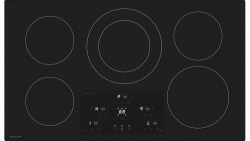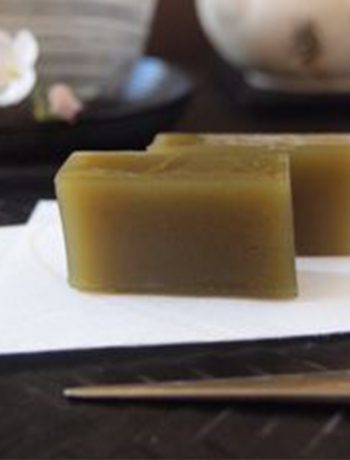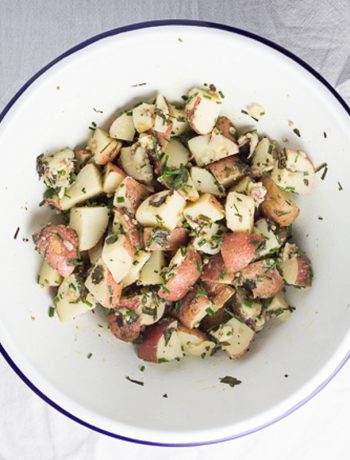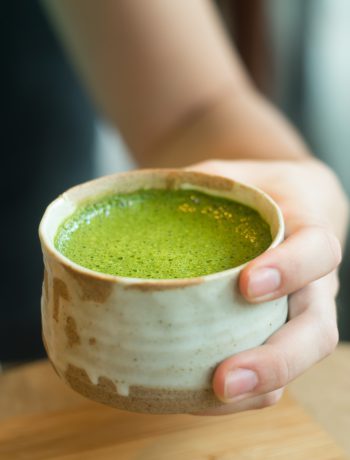When you’ve ditched the old coil electric stovetop for a gas stovetop, all the buzz turns to induction cooktops. And for several good reasons!
First, a distinction needs to be made. Until recently, when I would see a sexy glass “glass cooktop,” I quickly dismissed it because of my personal lousy cooking experiences. All I think about is an electric coil that sits under a glass-ceramic top and heats the area that is illuminated as well as plenty of the surrounding area, and I found it nearly impossible to regulate the temperature up or down quickly.
I found out the hard way that when you were finished cooking, you had a large glass surface that remained hot until it naturally cooled down. To me, the only benefit of this design was that it faded away into the kitchen décor. I’ve never seen a serious home cook or a pro chef using this type of cooktop, probably because the cooking also fades away. These are called a glass-ceramic cooktop or smooth top and are an entirely different animal than an induction cooktop I’ll be discussing next.
Simply Magnetic
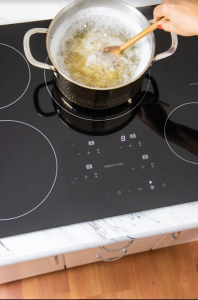
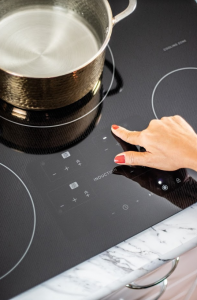
An induction cooktop also utilizes a sleek glass-ceramic surface that integrates beautifully with the most demanding kitchen décor. Fortunately, that’s where the similarity to the cooktop, as mentioned earlier, ends.
Cooking with induction is practically straight out of the Superman series, with an electromagnetic force field that is as strong as Magno-Kryptonite.
The induction technology automatically detects when magnetic cookware is placed in the cooking zone of the cooktop surface, and an electromagnetic field located below the glass-ceramic cooktop transfers current (heat) directly to the cookware. Induction skips the need to heat a burner, such as an electric coil increasing the overall heating efficiency.
Yes, I said magnetic cookware. You may already own some! Many stainless steel, ceramic, and enamel-coated iron and cast iron cookware are magnetic. Many manufacturers have added steel or iron plates to the bottom of copper, aluminum, and other types of pans that would work. If you put a magnet to the bottom of your cookware and it sticks — it’s magnetic.
Some induction cooktop models have a “power boost” mode to increase the power up to 50 percent in individual cooking zones for those times when you want the pasta water to come up to a boil more quickly.
A review by Good Housekeeping stated, “Electric cooktops take much time to heat up and cool down, and it’s difficult to hit a precise temperature with gas ranges. But with induction, you’re afforded super precise temperature control, which allows for more controlled cooking.”
Smart, Game-Changing Features
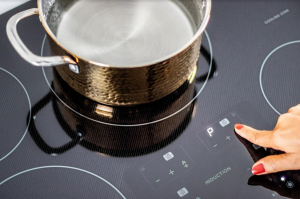
Look for an induction cooktop model that allows for a wide range of temperatures between the lowest and highest temperatures. In addition to the “power boost” mode, some models offer a “simmer enhancer” mode that provides a consistent cooking performance and a “keep warm” mode.
Now add individual timers to each cooking zone. Imagine a recipe indicates that a sauce should simmer for 10 minutes, and you could set the cooking zone to “simmer” and a timer to just that zone to “10 minutes,” and when it is done, the zone will turn off automatically.
At the same time, another burner could be set for the rice to cook over medium heat for precisely the time needed. I can’t tell you how many times I’ve burned sauces, rice, and more because the temperature was not consistent, or I got distracted and didn’t turn the heat off in time.
Safer Than Any Other Cooktop

Imagine turning on a burner to heat up then leaving it for a couple of minutes while you continue to prep dinner. If someone inadvertently touches the cooktop, they could be burned. Not with an induction cooktop.
Because the induction does not heat the glass surface, the heating process is not activated until the cookware is placed on the cooktop. If a cooking zone on an induction cooktop was turned on, but no cookware was placed on top, the glass surface would remain cool.
Another significant difference between induction and traditional glass cooktops is that with induction, only the area that the cookware occupies is transferring heat. The surface around the pot remains cool. When the cookware is taken off the cooktop, the current producing the heat is no longer active, and the zone automatically begins to cool. The glass under the pot will be warm only because the pot and its contents were warm.
In contrast, with traditional glass-ceramic cooktops, the heating element located under the glass is hot and radiates well beyond the burner area, leaving a potentially sizeable hot surface for some time after the unit has been turned off.
An All-Around Smart Choice

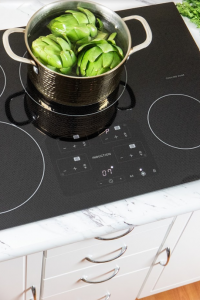
Induction cooktops have been slow to gain traction in the U.S. Many people perceived cooking with gas to be favorable because they thought it was more efficient and the popular choice among professional chefs. Also, the early pricing of induction cooktops was higher and prohibitive to larger audiences. In my opinion, if your house was already configured to use gas for heating and hot water, you would be more inclined to purchase a gas stove for your kitchen without considering other options.
We now know that induction cooktops are more efficient for cooking and offer precise control over temperature. Induction cooktops are safe and are energy-efficient, helping to cut down on greenhouse gases.
My gas range is nearing 15 years old, and I’m hoping that I will get some more years out of it, but I know that I’ll be replacing it with induction.

